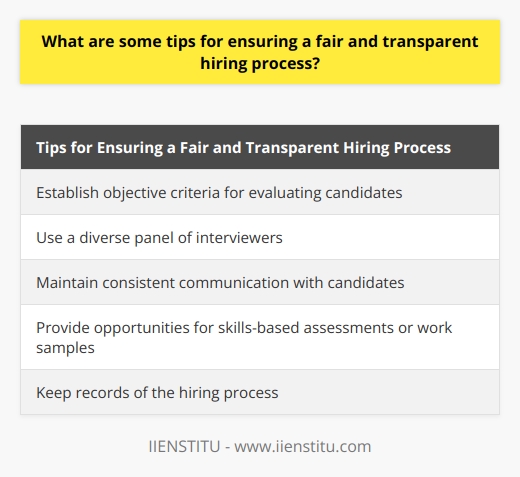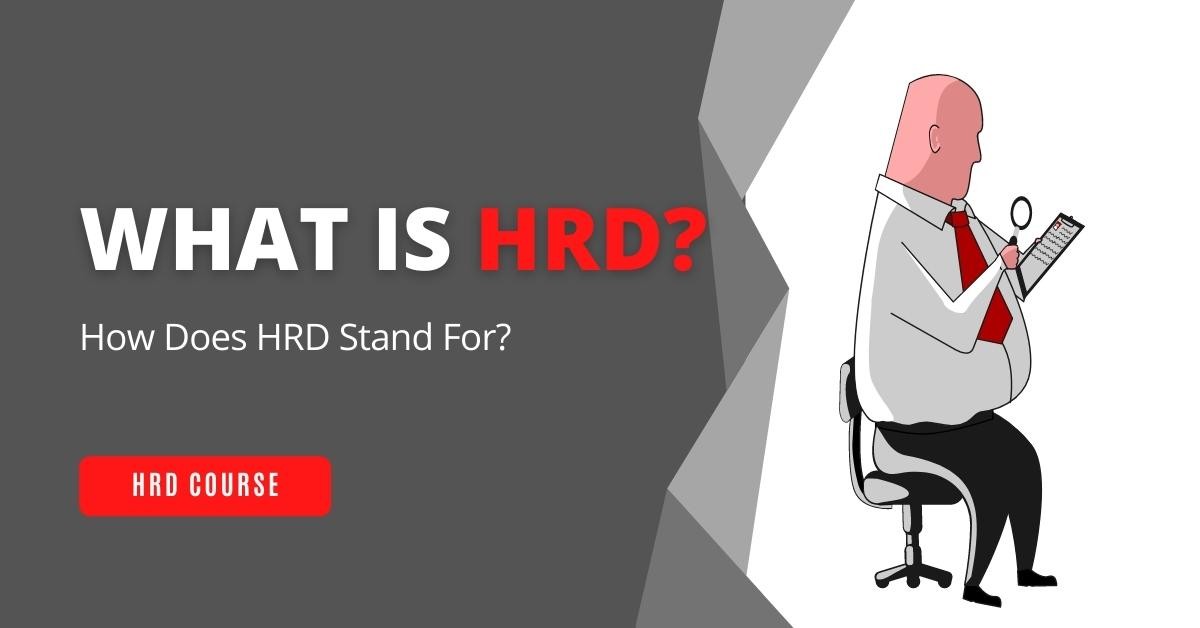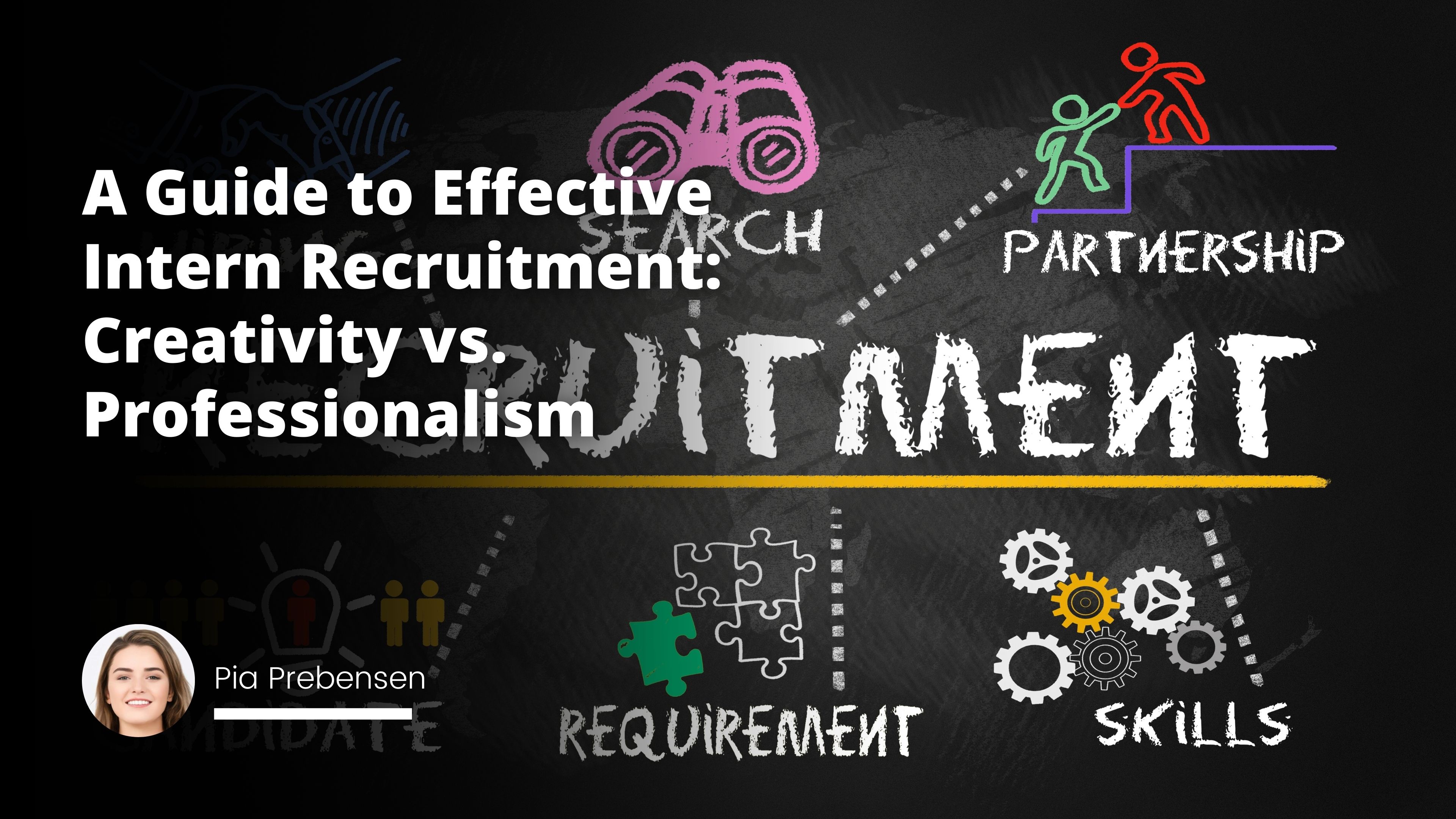
A. The importance of intern recruitment
B. The need for a balance between creativity and professionalism in the hiring process
II. Creative vs. Professional Recruitment Techniques
A. Advantages of using creative recruitment techniques
B. Disadvantages and risks associated with overly creative methods
C. Importance of maintaining professionalism during intern recruitment
III. Key Components of a Successful Intern Recruitment Process
A. Assessing technical skills and capabilities
Employee Performance Tracking: Benefits, Challenges & Best Practices
Corporate HR Aligns Div/Unit HR: Guiding to Implement Plans Effectively
Employee Morale: Exploring its Impact on Organizational Success
B. Evaluating cultural fit and adaptability
C. Ensuring a fair and transparent hiring process
IV. Tips for Designing an Effective Intern Recruitment Process
A. Incorporating real-world scenarios and tasks
B. Implementing a mix of creative and traditional evaluation methods
C. Providing clear expectations and guidelines for candidates
D. Continuously improving and refining the recruitment process
A. The significance of balancing creativity and professionalism in intern recruitment
B. Encouraging a successful onboarding experience for both the intern and the company
In the video, the recruitment and evaluation process involves candidates attempting to hack into a Python web server while facing a series of challenges, such as drinking a shot every tenth line of code written or every time the server detects an intrusion. Additionally, they must drink a shot every three minutes. The issue with this process is that it is not an accurate or appropriate method for assessing a candidate's skills or suitability for the job, as it focuses more on unconventional tasks rather than real-world job scenarios. Moreover, the incorporation of alcohol in the evaluation process raises ethical concerns and detracts from the overall effectiveness of the assessment.
Introduction
The Importance of Intern Recruitment
Intern recruitment is a critical aspect of any organization's talent acquisition strategy. Interns often bring fresh perspectives, energy, and enthusiasm to the workplace, and they can be an essential source of future full-time employees. The recruitment process for interns should be designed to identify candidates who possess the skills and aptitudes required for the position, as well as the potential to grow and develop within the organization. Therefore, it is crucial to ensure that the process is effective, efficient, and reflective of the organization's values and expectations.
The Need for a Balance Between Creativity and Professionalism in the Hiring Process
While creativity and innovation are valuable components of the hiring process, it is crucial to strike a balance between these elements and professionalism. A well-designed recruitment process should assess a candidate's skills, knowledge, and cultural fit in a manner that is both engaging and respectful. Employers should be mindful of the need to maintain a professional environment throughout the process, ensuring that all candidates are treated fairly and consistently.
Incorporating creative elements into the hiring process can help to make the experience more enjoyable and memorable for both the candidates and the hiring team. However, it is essential to ensure that these creative approaches do not compromise the integrity or objectivity of the process. By striking the right balance between creativity and professionalism, organizations can create a positive and effective intern recruitment experience that attracts top talent and sets the stage for future success.
Creative vs. Professional Recruitment Techniques
Advantages of Using Creative Recruitment Techniques
Creative recruitment techniques can make the hiring process more engaging, enjoyable, and memorable for both candidates and the hiring team. These techniques can help set the organization apart from competitors and attract top talent. By thinking outside the box, employers can assess candidates' skills and cultural fit in a more dynamic and interactive way. Some advantages of using creative recruitment techniques include:
Increased candidate engagement: Unconventional recruitment methods can pique candidates' interest and help them stay engaged throughout the process.
Improved assessment of skills: Creative tasks and challenges can allow candidates to demonstrate their skills in real-world situations, providing a more accurate assessment of their abilities.
Enhanced employer branding: A unique and innovative recruitment process can leave a positive impression on candidates, even those who are not ultimately selected, helping to build the organization's reputation as an employer of choice.
Disadvantages and Risks Associated with Overly Creative Methods
Despite the potential benefits, there are risks and drawbacks associated with overly creative recruitment techniques. Some of the potential disadvantages include:
Compromised objectivity: Unconventional methods may inadvertently introduce bias into the recruitment process or make it difficult to compare candidates objectively.
Negative candidate experience: Overly creative techniques can be off-putting or intimidating for some candidates, leading to a negative experience and potentially harming the organization's reputation.
Legal and ethical concerns: Some creative methods, especially those involving alcohol or other risky behaviors, can raise legal and ethical concerns and reflect poorly on the organization.
Importance of Maintaining Professionalism During Intern Recruitment
Maintaining professionalism during the intern recruitment process is crucial for ensuring a fair, consistent, and respectful experience for all candidates. Striking the right balance between creativity and professionalism helps organizations attract top talent while maintaining a positive employer brand and adhering to legal and ethical standards. To achieve this balance, organizations should:
Focus on relevant skills and experiences: Ensure that creative tasks and challenges align with the skills and experiences required for the intern role.
Be mindful of candidate comfort: Avoid techniques that could be uncomfortable or offensive for candidates, and provide a supportive and respectful environment.
Establish clear evaluation criteria: Develop clear and objective criteria for evaluating candidates' performance in creative tasks, ensuring that all candidates are assessed consistently and fairly.
By considering the advantages and risks associated with creative recruitment techniques, organizations can develop an intern recruitment process that is both engaging and professional, resulting in a positive experience for all involved.
Key Components of a Successful Intern Recruitment Process
Assessing Technical Skills and Capabilities
One of the critical components of an intern recruitment process is evaluating the technical skills and capabilities of the candidates. To ensure that the selected interns can perform their tasks effectively, organizations should:
Implement skill-based assessments: Use practical exercises, case studies, and simulations to gauge candidates' abilities in real-world situations. These assessments should be tailored to the specific requirements of the intern role.
Incorporate technical interviews: Conduct technical interviews with knowledgeable and experienced team members to ask in-depth questions about the candidates' skills and past experiences.
Leverage online tools and platforms: Utilize online assessment tools to measure candidates' proficiency in specific software or programming languages, as well as their problem-solving and analytical skills.
Evaluating Cultural Fit and Adaptability
In addition to technical skills, it is essential to assess candidates' cultural fit and adaptability, ensuring they can integrate seamlessly into the organization and contribute positively to the team. To evaluate these qualities, organizations should:
Conduct behavioral interviews: Use behavioral interview questions to gain insights into candidates' past experiences, communication styles, and ability to work in teams, as well as their alignment with the company's values and culture.
Utilize group exercises: Implement group activities and exercises to observe candidates' interaction with others, their ability to collaborate and contribute to team discussions, and their adaptability to different situations.
Consider diverse perspectives: Seek input from multiple team members who interact with the candidates during the recruitment process to gather a well-rounded understanding of their cultural fit and adaptability.
Ensuring a Fair and Transparent Hiring Process
A fair and transparent hiring process is vital to creating a positive candidate experience and ensuring that the best candidates are selected for the intern roles. To establish a fair and transparent process, organizations should:
Clearly communicate expectations: Provide candidates with detailed information about the recruitment process, the role, and the evaluation criteria. This helps candidates prepare effectively and ensures they have a clear understanding of what is expected of them.
Implement consistent evaluation methods: Use standardized assessment tools and interview questions to ensure that all candidates are evaluated on the same criteria, minimizing the potential for bias.
Provide feedback and support: Offer constructive feedback to candidates throughout the process, and be open to answering questions and addressing concerns. This helps candidates feel supported and valued, regardless of the outcome of the recruitment process.
By focusing on these key components, organizations can create a successful intern recruitment process that identifies top talent, ensures a positive candidate experience, and contributes to the organization's overall success.
Tips for Designing an Effective Intern Recruitment Process
Incorporating Real-World Scenarios and Tasks
To create a more accurate and effective intern recruitment process, organizations should incorporate real-world scenarios and tasks that reflect the actual responsibilities and challenges of the intern role. This can be achieved by:
Consulting with team members and managers to understand the daily tasks and challenges faced by interns.
Developing case studies, simulations, and practical exercises that mirror these tasks and challenges.
Ensuring that the assessments are updated regularly to reflect changes in the job requirements and industry trends.
Implementing a Mix of Creative and Traditional Evaluation Methods
To keep the recruitment process engaging and well-rounded, organizations should consider using a combination of creative and traditional evaluation methods. This can include:
Creative methods such as gamification, interactive assessments, and group activities to assess problem-solving, adaptability, and teamwork skills.
Traditional methods such as structured interviews, resume reviews, and online assessments to evaluate candidates' technical skills, experience, and qualifications.
Ensuring that the chosen methods are appropriate for the specific role and align with the organization's values and culture.
Providing Clear Expectations and Guidelines for Candidates
An effective recruitment process should provide clear expectations and guidelines for candidates, ensuring that they understand the requirements and evaluation criteria. To achieve this, organizations should:
Develop comprehensive job descriptions and role profiles that outline the key responsibilities, skills, and qualifications required.
Clearly communicate the recruitment process, including the various stages, assessment methods, and timeline.
Offer guidance and support to candidates throughout the process, answering questions and addressing concerns.
Continuously Improving and Refining the Recruitment Process
To maintain the effectiveness of the intern recruitment process, organizations should continually improve and refine their methods and strategies. This can involve:
Regularly reviewing the process to identify areas for improvement and potential biases.
Gathering feedback from candidates and team members involved in the recruitment process, using their insights to make necessary adjustments.
Staying up-to-date with industry best practices, new assessment tools, and emerging trends to ensure that the recruitment process remains competitive and effective.
By following these tips, organizations can design an effective intern recruitment process that attracts and identifies top talent while ensuring a positive candidate experience and alignment with company values and culture.
Conclusion
The Significance of Balancing Creativity and Professionalism in Intern Recruitment
Striking the right balance between creativity and professionalism in intern recruitment is crucial for organizations to attract and identify the best talent while maintaining a positive candidate experience. By incorporating innovative evaluation methods and maintaining a professional approach, companies can assess a candidate's skills, fit, and adaptability in a more comprehensive manner. This balance ensures that the recruitment process remains engaging, efficient, and representative of the organization's values and culture.
Encouraging a Successful Onboarding Experience for Both the Intern and the Company
An effective recruitment process sets the stage for a successful onboarding experience for both the intern and the company. By carefully evaluating candidates' skills, cultural fit, and potential for growth, organizations can ensure they select the right interns who will thrive in their work environment and contribute positively to the team. In turn, interns who undergo a well-structured and transparent recruitment process are more likely to feel confident in their decision to join the company and be better prepared to meet the challenges and opportunities that lie ahead. Ultimately, a well-designed intern recruitment process benefits both the intern and the company, laying the foundation for a productive and mutually rewarding professional relationship.
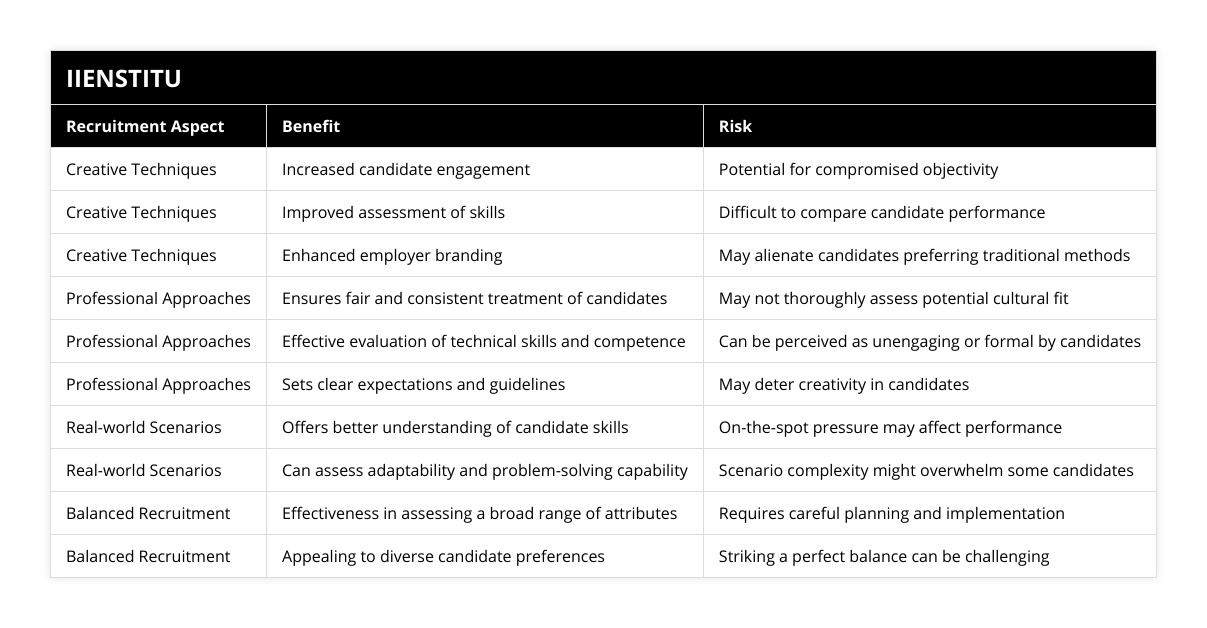
Frequently Asked Questions
Why is it important to balance creativity and professionalism in intern recruitment?
Balancing creativity and professionalism is crucial because it allows employers to effectively assess candidates' technical skills and cultural fit while maintaining a fair and transparent hiring process. It also helps ensure a positive candidate experience and successful onboarding.

How can companies incorporate real-world scenarios and tasks in the recruitment process?
Companies can design assessment tasks that closely resemble the actual tasks interns will perform in their role. This may include case studies, problem-solving exercises, or technical tests that measure skills relevant to the job. Incorporating real-world scenarios helps employers better evaluate candidates' abilities and fit within the company.
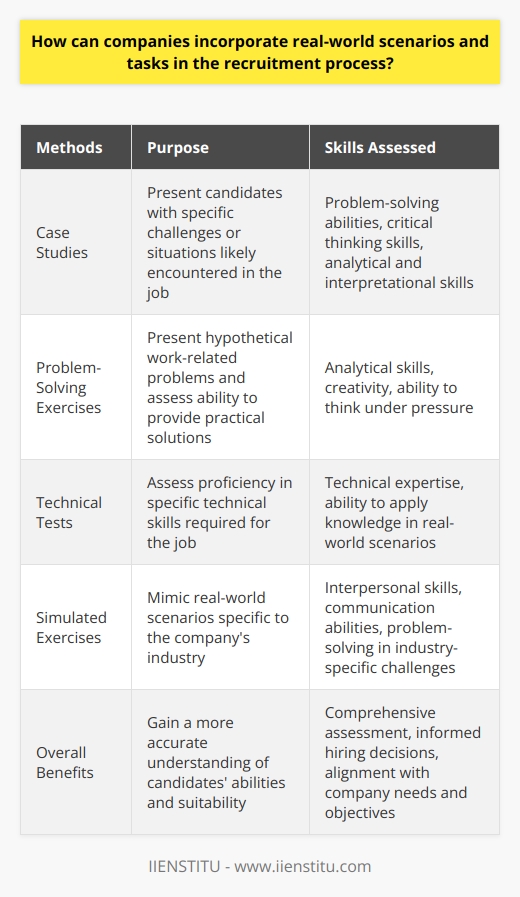
What are some tips for ensuring a fair and transparent hiring process?
To ensure a fair and transparent hiring process, companies should provide clear expectations and guidelines for candidates, including the steps involved in the recruitment process, the criteria for evaluation, and any deadlines. Additionally, companies should continuously improve and refine their recruitment process based on feedback from candidates and hiring managers to promote fairness and transparency.
